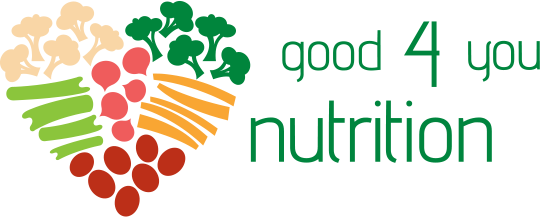Cravings | What they mean | What to eat
Posted on June 8th, 2017
Salt = Need trace minerals
The trace minerals include; copper, chromium, fluoride, iodine, iron, molybdenum, manganese, selenium and zinc.
The easiest way to get these trace minerals is to eat a well-balanced diet including: animal proteins (eggs, poultry, beef, lamb, pork); seafood; nuts and seeds; and leafy green vegetables. If your diet doesn’t include lots of refined processed foods than have some good quality sea salt or Himalayan salt to sprinkle on your food.
Sweets = Need Chromium
Chromium is required for digestion and has been linked in playing a role in balancing blood sugar. Studies have indicated that low chromium increase the risk of heart disease and diabetes.
Chromium is founds in foods such as; legumes, beef, fish and other seafood, hazelnuts, butter and eggs. If you are eating a well-balanced wholefood diet you will achieve your daily chromium intake.
Chromium tablets are available, however it is best to speak to your practitioner before taking these tablets.
Chocolate = Need Magnesium
Magnesium is found in all cells of soft tissues and is essential for energy metabolism. Magnesium can support and assist in muscle contraction and blood clotting.
Magnesium is found in chocolate with higher quantities found in dark chocolate (70-85% ideally). If you are craving chocolate it is fine to have some dark chocolate to satisfy your cravings, however there are other sources.
Magnesium rich food sources include; legumes, seeds, nuts, dark green vegetables, cocoa, wholegrains and seafood.
Taking a high quality magnesium tablet/powder daily definitely won’t hurt either!
Dairy = Need EFA’s
Essential fatty acids (EFAs) are our omega 3 and omega 6 fatty acids. These healthy fats carry our fat soluble vitamins around the body and allow for uptake. They also convert carotene to vitamin A, hold and protect our organs, provide insulation, prolong digestion and lubricate the digestive track, not to mention they are important for our skin complexion, scalp and muscles.
Omega 3’s are found in cold water fish such as salmon, mackerel and trout and also in vegetarian sources such as; walnuts, flaxseeds, chia seeds and hemp seeds. Omega 6’s are found in nuts, seeds, plant based oils such as olive oil as well as small amounts in meat and dairy products, leafy green vegetables and eggs.
Red Meat = Need Iron and/or B12
Iron’s main functions in the body are serving as a cofactor to enzymes to assist with multiple chemical reactions and participating in energy metabolism. Iron is generally found in sources of protein both animal and vegetarian. The richest sources of iron are; meat, fish, poultry, legumes, eggs, green leafy vegetables, wholegrain, enriched and fortified breads and cereals, and dried fruits.
Vitamin B12 is able to produce and maintain the myelin surrounding and protecting nerve cells as well as maintaining bone cell activity and energy metabolism. B12 is found mainly in animal meats and dairy products, however found in fortified cereals.
